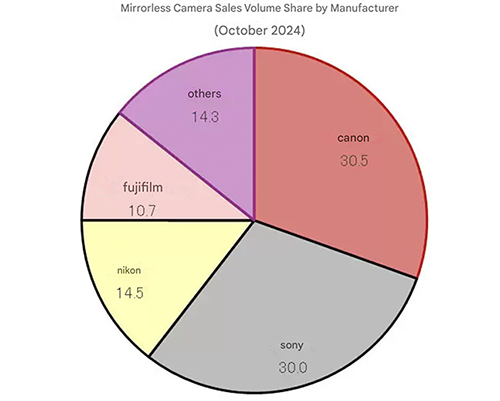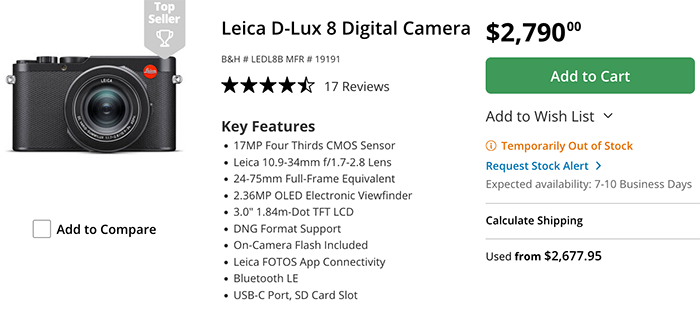
300-600mm preorders at BHphoto. Amazon. Adorama. FotoErhardt. Fotokoch. WexUK.
Mark Amir-Hamzeh, President of Sigma America just sent out this statement:
Dear customer,
Thank you for your continued support and trust in Sigma. We are writing to inform you of an upcoming pricing adjustment to our products, effective June 2, 2025.
Due to the recent implementation of government-imposed tariffs, our costs have increased substantially. We have made every effort to absorb these added expenses, but the sustained impact of the tariffs now necessitates a price increase to ensure we can continue delivering the quality and service you expect.
Key details:
- Current pricing will remain in effect for all orders placed through June 1st, 2025, subject to product availability.
- New pricing will take effect on June 2, 2025, and will apply to all new orders and any unfulfilled items.
We understand this is difficult news to hear, and please know this decision was not made lightly. We have always prided ourselves on delivering unmatched value to our customers, and we are doing everything we can to continue to do that while providing the same service and product excellence.
We sincerely appreciate your understanding and continued partnership.
Sigma manufactures all its lenses in Japan. And Japan has been slapped with a 10% tariff. How high the final price increase will be is unclear. The 10% tariff applies to the price of the imported product, not the final price you pay in the US shop. I therefore estimate that the actual price increase for consumers will be about 5% on top of the current price. This is something you can feel with the more expensive lenses. The new 300-600mm is available for pre-order for $6,000. An increase of 5 % would mean a price of $6300.
The uncertainty lies in the negotiations. It could be that the tariffs are ultimately set to zero again or that the tariffs are increased further if the negotiations fail. But this is all political speculation and I don’t want to guess what will happen in a few months’ time.
If you like to avoid paying the extra price you should consider preordering now your lens on those Sigma pages at BHphoto, Amazon, Adorama.

















